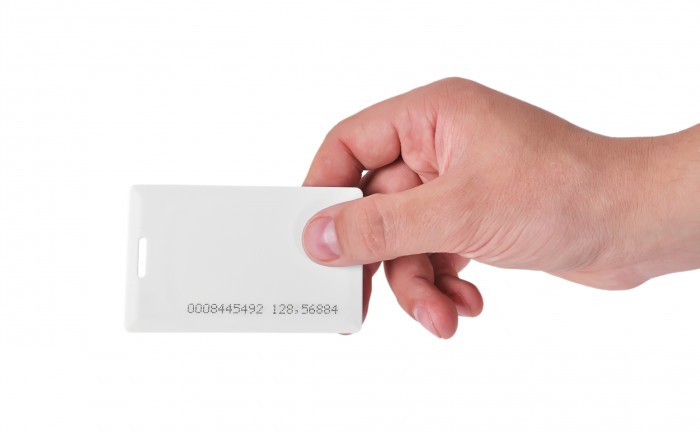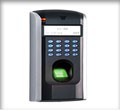 The access control system allows the access restriction of pedestrians or vehicles in a target area. This type of system offers the possibility of reducing (or in some cases eliminate) the staff in charge of securiy and provides the comfort of staff flow management in the target area (by setting access restricted areas, daily and vacation schedules for granting access, generating reports on different criteria, etc.).
The access control system allows the access restriction of pedestrians or vehicles in a target area. This type of system offers the possibility of reducing (or in some cases eliminate) the staff in charge of securiy and provides the comfort of staff flow management in the target area (by setting access restricted areas, daily and vacation schedules for granting access, generating reports on different criteria, etc.).
These systems can be classified in:
- stand-alone systems for access control (with a minimal set of functions and without the possibility of transfering events to a central device),
- network access control system (with a wide range of functions and with the possibility of communicating events to a programmable central unit using a software ).














